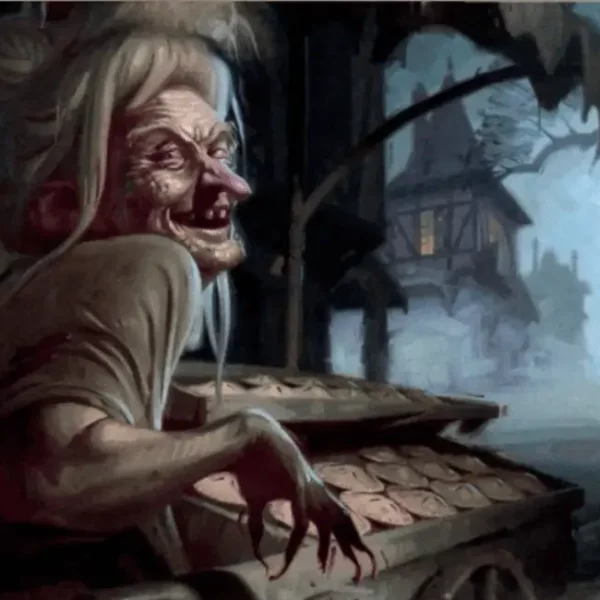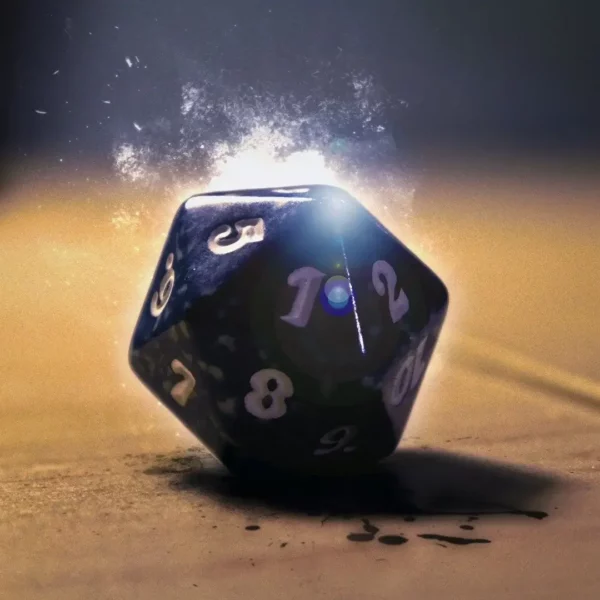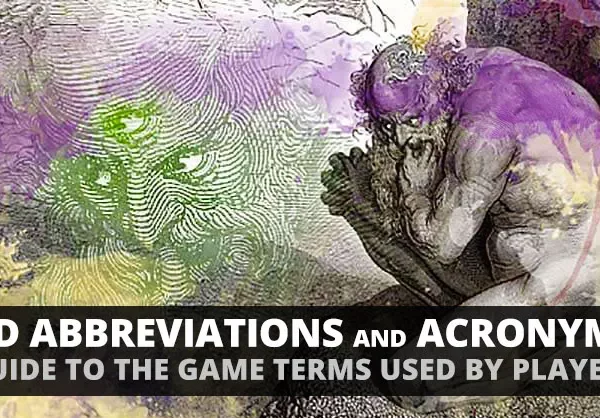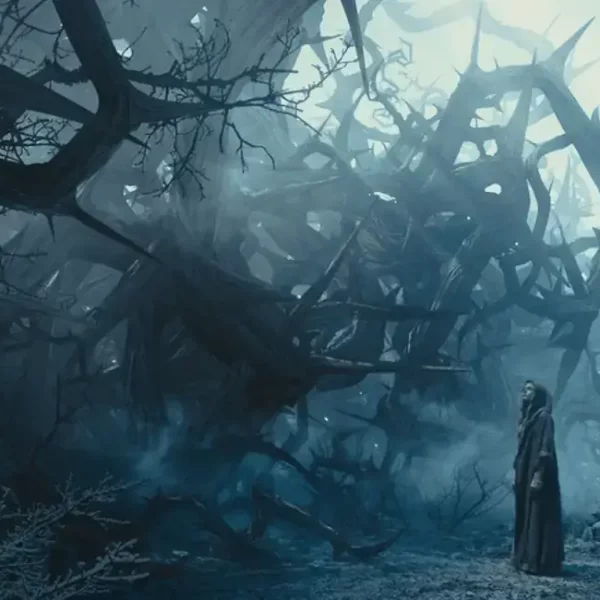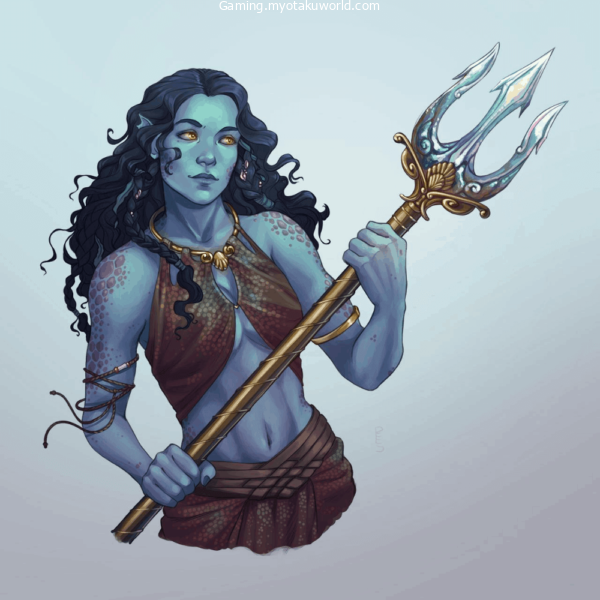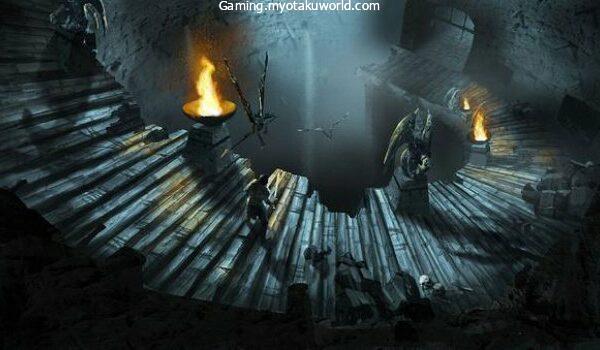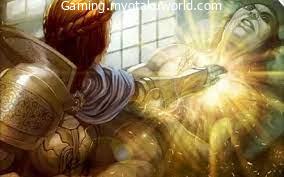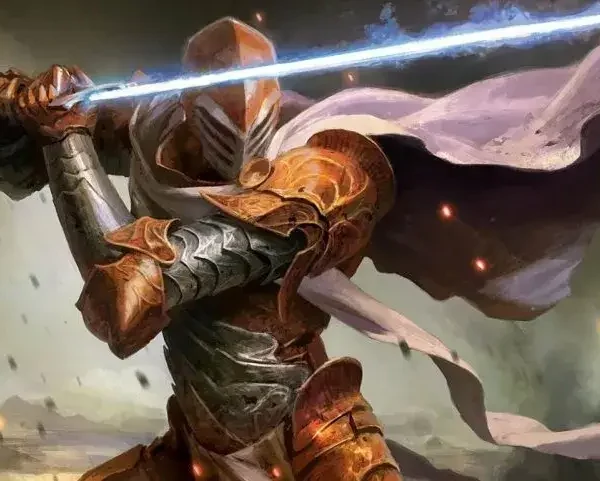D&D continues its appeal to players with its signature campaigns and DnD maps – it seems like 2021 is the best year to enjoy this classic game.
2020 saw a jump of more than 30%. Friends who were separated by pandemic-induced lockdowns connected over Dungeons and Dragons.
It’s also linked others through an increase in creativity within D&D.
D&D maps became more innovative than ever and took the center stage. It’s now a Legend of Zelda D&D map that’s drawing attention.
The D&D map was made just in time to celebrate the 30th anniversary of The Legend of Zelda. The map is rendered in 4K detail and accurately depicts landmarks like Death Mountain.
This is just the beginning of an exciting year for D&D maps, with the promise of a Dark World map.
Perhaps you are new to Dungeons and Dragons or don’t know where to look for the best maps.
This guide will explain the different types of D&D maps, how to create them, and where you can find them.
What is D&D mapping?
The maps are the core of D&D’s gameplay.
Each game has at least one adventure, but most often a series of connected adventures. Each adventure has a storyline with specific objectives.
Each adventure has its unique setting and descriptions.
One adventure can be linked to another and then enhanced by other adventures. Campaigns are linked adventures.
These campaigns are sometimes called modules. They take place in a different world.
These worlds will determine the settings for your campaign and how you experience it, both in terms of gameplay and aesthetics.
D&D maps are the main storylines and features. They also contain magic and unique technology.
D&D maps are the perfect solution. You can also use maps to navigate the world and find hidden dungeons and inns. Maps are your key to intuitive and thrilling gameplay.
Are you a DnD player and do you require a map?

Maps can be extremely helpful in DnD because they serve several purposes. Although you can technically play DnD without a map standard or created by another player, it makes the game more difficult.
You will need to communicate with other players and create guidelines for gameplay if you don’t have a map.
Another challenge is to help players envision a game or setting that they don’t know. This requires creativity and dedication. Still, you’ll need to create a concept and rules.
Another challenge when playing D&D is how to correctly relay information. Other players should be able to see and comprehend what they are exploring.
Too many details can make the game confusing.
Overall, it’s possible to play D&D with no map. However, I highly recommend having one.
How can I use a D&D Map?
A D&D map can make it more fun and intuitive to play. D&D maps can be used for many reasons, regardless of how old or experienced, you may be.
Easier Navigation
D&D maps offer both players and you a great way to navigate. Maps are a great way to explore dungeons and cities as well as entire continents.
No matter what map type you use, you’ll be better able to plan your moves. A map can also help you save time in the long term.
Without a map, it’s necessary to describe the location multiple times. You can point to a place with maps.
Immersive Learning
This brings us to the second reason you should use D&D mapping. D&D maps not only do the job of describing, but also make it more immersive.
You’ll enjoy a richer gaming experience if you can see different locations. You’ll feel more connected to the places you visit.
Visual presentation can add life to any D&D-related game. Players tend to be more invested in more detailed maps.
Exploring Dungeons
This method of using D & D & D&D maps tiles for navigation is a great one, but it deserves its category. It is notoriously difficult to explore dungeons.
D&D maps are particularly important for dungeons, as they can make navigation difficult and hinder your strategy.
Tactical Gameplay
A good D&D map can help you plan your tactical gameplay. It’s difficult to plan your next move without a map.
Maps enable players to navigate and also allow them to create nuanced strategies by taking into account obstacles.
What are the various types of D&D maps available?
Based on their focus, maps can be broken down into various categories. These categories include maps that concern the world of dungeons, as well as specific gameplay aspects.
Map types by region
Anything above ground is covered by the overworld maps. These maps can be used to map entire continents or cities. You can find intimate maps for inns and towns.
These maps are then supplemented by dungeons maps. Maps for underground dungeons are referred to as dungeons maps.
Some maps can be used to navigate specific areas within each of these categories.
Dungeon Maps

Dungeon Maps contain entrances, cliffs, and exits as well as notations, whirlpools or warp zones, slide traps, spike hazards, and tools to understand scale size.
These maps are often hidden from players until they begin exploring the dungeons.
They are focused on traps, obstacles, and make for thrilling and treacherous travel through the dungeons. The art tends to be simple and more focused on form than function.
Kingdom Maps

Kingdom maps include the boundaries of cities, outposts, and villages as well as Holy Lands. Depending on the map, you may also find roads, rivers, lakes, and farms.
Kingdom maps, which are more detailed than a global map, are great for unique gameplay and are one of my favorite types of D&D maps.
The best kingdom maps will take into account political backgrounds for borders as well as how terrain affects different populations.
These maps often include lore and require great detail to create a kingdom. Such maps often include information about trade policies, demographics, and political systems.
Interior Maps

Interior maps are the smallest of all D&D map types. To provide an extra level of detail, interior maps include the inside of buildings as well as other structures.
Although not all players use interior maps, they are used most often for temples and houses, inns shops, shops, and castles.
Interior maps show furniture, rooms, bars, staircases, and other details. Interior maps are useful for establishing points of contact.
Region maps

A region map shows a portion of a kingdom. These maps are useful for showing smaller villages and outposts as well as running and specific points of interest for adventure.
They can be scaled down to kingdom and world maps.
Most often, region maps are ignored after a player has occupied and conquered the region.
Region maps can be useful for certain campaigns. You can include battle events or encounters.
Town maps

Town maps can be used to illustrate detailed storylines, even smaller than the region maps.
Town maps are popular among players who love to role play in D&D. They have a limited scope.
Town maps can be used to introduce NPCs or new stories. They may include town squares as well as shops, temples, and shops.
World Maps

World Maps are the most detailed and large-scale maps. They provide an overview of all your explorable areas.
World maps do not include detailed information and are drawn from different areas of geography.
World maps are a guide to Dungeons & Dragons gameplay and are very expensive. However, they do not include details.
Map Types based on Gameplay Style
These map types can be classified according to their focus on gameplay, which includes traveling, combat, and adventures.
This will determine how you will focus and draw maps for different regions.
Explore Maps

D&D exploration maps are also known as travel maps. They allow you to explore. The details are focused on describing a large area and the specific places you can visit.
These maps can be very comprehensive and are essential to help you travel efficiently and guide you during a campaign.
Maps of Adventure
D&D adventure maps allow for the best gameplay. These maps can be used to establish guidelines, major storylines, or guidelines.
Adventure maps, on the other hand, are more detailed than exploration maps. These maps have a unique focus that isn’t available on other D&D map types.
These maps are best for specific, tailored gameplay but are also the least flexible. Because they are so specific, they can’t be reconstructed in the same way as general travel maps.
Combat Maps
Highly detailed combat maps are also available. These maps provide details about the types of encounters and their locations.
These maps are great if you have battles that fit your main gameplay style, but they are the least frequently generated.
This makes it a little more difficult to find combat maps for Dungeons & Dragons than other types.
How can I create a DnD grid?
You may be interested to create your D&D map if you are convinced about the benefits of using it.
First, I want to say that making your maps can be both rewarding and challenging. I suggest using a grid map.
Grid maps are better for combat, traveling, and adventure map styles. A classic grid makes it much easier to establish guidelines for player travel and combat.
You will first need to choose from one of the many grid types.
Dotted Grids
Dotted grids are square-shaped patterns that can be used to organize and highlight specific textures and details.
For maps that need to be detailed, such as interiors or towns, dotted grids can be very useful.
No Cost Form
A grid is not required for free-form maps. This gives you more room for creativity and innovation, and may also take less time.
However, it is difficult to show specific encounters, locations, and movements on free-form maps.
It is not a good idea to rely on only free-form maps. A gridless map would work best for large-scale world maps.
Hex Grids

Hex grids are the oldest and most common grid type for D&D maps. These maps can be used to create complex world maps. They are formed in hexagonal configurations.
Although they are not ideal for showing detailed textures, hex grids can be used to accommodate world maps that do not scale.
These maps can also be used to show unusual angles and terrain. Hex grid maps have another advantage: they can be used to navigate without having to rely on cardinal directions.
Hex grids are primarily used for exploration and travel-based gaming.
Square Grids

Square grids are in square configurations, and they are the easiest grid type to use to create D&D maps. Square grids can be used for encounters or maps to scale.
These are also the best choice for dungeon maps. They are less detailed than dot grids, and they don’t allow for the same freedom of movement as hex Grids.
It is best to start with the smallest type of map first. For example, a town map. Then, create any interior maps.
Next, a region map, a kingdom map, and then a global map. Although not all map types will be necessary, you’ll find more guidance for your D&D gaming.
Where can you find DnD maps?
Are you not interested in creating your D&D maps?
You don’t need to. You can find maps for free online thanks to a vibrant creative community.
Reddit and DungeonFog are common go-to’s. 2MinuteTableTop is even more popular.
FAQs
Is there a D&D map?
There isn’t one official D&D map. This is because D&D encourages players set their campaigns and you can choose the focus of your gameplay.
D&D is a vast game. It doesn’t limit you to a single campaign or world. Not only can you explore different types of maps but also different aspects and gameplay.
D&D players can also tweak storylines, storylines, and underlying stories. D&D’s flexibility in not having a set map is part of its appeal as a long-lasting and expansive roleplaying game.
How big should D&D battle maps be?
D&D battle map sizes can vary. The version of D&D you are playing will determine how big a battle map will be. Towns & Taverns battle maps typically measure 24″ by 48″.
What are the Forgotten Realms?
The Forgotten Realms is a popular campaign setting for D&D. This setting, often called The Realms has a rich history and features supernatural creatures and gods. Since D&D’s first publication, it has been improved, revised, and re-examined. Edition 5 in 2014 was the most recent publication to feature Forgotten Realms.
Which D&D books come with maps?
D&D books are an alternative to buying or finding D&D maps online. Some D&D books do not include maps, but others have them that you can print out. Examples of maps include Strahd and Tomb Of Annihilation from the fifth edition. Some books include side quest maps.
What planet is Faerun on?
Faerun can be found on the planet Toril in the Northern Hemisphere. This continent was featured in the Wizards Setting of the 5th Edition, as well in previous editions. The planet is divided into the Northern Hemisphere (Middle Lands), Southern Lands, and Underdark.
Final Words
Maps are essential to D&D’s immersive and detailed gameplay.
You can create, purchase, or find maps from the community.
There’s plenty of creativity to fit almost every player.

